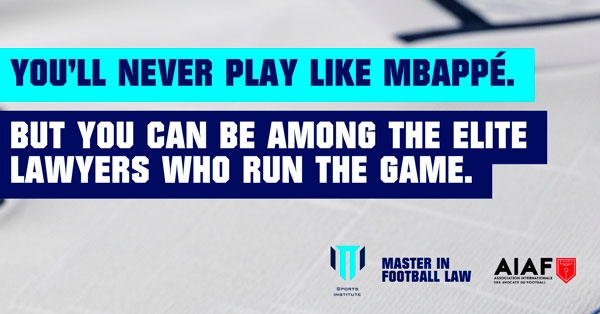Full article
Client Autonomy in Legal Decision-Making: Toward a Collaborative and Transparent Model
In current legal practice, client autonomy has become an essential element for ensuring decisions that are consistent both with the realities of the case and with the personal values of the individual experiencing the conflict. The lawyer is no longer a figure who imposes a solution but a professional who guides and accompanies. The client, for their part, contributes the facts, much of the evidence, and the lived experience of the problem. For this reason, their active participation and informed will are indispensable.
The Client as Protagonist: Facts, Evidence and Personal Will
The client knows firsthand the situation that gives rise to the conflict: they provide essential information, documents, testimony, context, and impressions that only they can convey. At the same time, they are the one who will assume the material, emotional, and economic consequences of the final decision. For this reason, although the lawyer provides legal analysis and assesses risks, the final decision must come from the client.
The lawyer has the responsibility to objectively evaluate the case, integrate the available evidence, and propose viable strategies; but they must also understand the client’s priorities, risk tolerance, limitations, and expectations. Only then will the decision be truly free, informed, and consistent with the client’s personal goals.
Effective and Transparent Communication: The Key to the Collaborative Model
Client autonomy can only be exercised if communication between lawyer and client is constant, clear, and honest. Explaining options in accessible language, avoiding unnecessary technicalities, and outlining possible scenarios are essential tasks. Likewise, it is crucial to be transparent about timelines, financial costs, emotional impact, potential delays, and the inherent risks of any legal process.
Fluid communication creates a safe environment in which the client can ask questions, express concerns, and evaluate alternatives. This allows their decisions to be based not on assumptions or intuition but on information that is clear, comprehensible, and sufficient for responsible action.
The Collaborative Lawyer–Client Model
The collaborative model involves jointly constructing the legal strategy. The lawyer contributes expertise and technical knowledge, while the client contributes their personal vision and priorities. This interaction does not blur roles: the professional guides and advises, and the client decides and assumes the chosen course of action.
a) Objectivity in Case Analysis
The lawyer must offer a rigorous and realistic assessment based on applicable law, case law, probabilities of success, and potential risks. This objectivity ensures that the client can make informed decisions.
b) Integration of Values and Personal Preferences
Not all cases are resolved solely by legal criteria. Factors such as time constraints, emotional burden, costs, privacy concerns, or family circumstances may lead a client either to litigate or to avoid litigation. They may choose to continue a case even when the chances of success are low, or abandon a favorable one if the emotional or financial toll exceeds their limits.
c) Shared Responsibility and Clear Roles
Both parties participate actively but with different functions: the lawyer informs, argues, and warns; the client selects the strategy that best aligns with their circumstances. This shared responsibility strengthens trust and reduces feelings of imposition or misunderstanding.
Benefits of a Client-Centered Autonomy Approach
Greater Satisfaction and Trust
The client feels heard, respected, and involved in the process, which reduces frustration and misunderstanding.
Strategies Coherent with Personal Reality
Decisions are based not only on legal reasoning but also on subjective needs that
Lower Risk of Ethical Conflicts
Transparency minimizes the possibility that the client feels uninformed or left out.
Reduction of Unnecessary Litigation
When both assess the real costs and benefits together, it is easier to avoid processes that provide little or no meaningful advantage.
Barriers and Limitations of the Model
Information Asymmetry: Clients do not always understand legal complexity, so the lawyer must adapt explanations with clarity and pedagogical care.
Unrealistic Expectations: Clients often arrive influenced by external stories, media cases, or misconceptions. Handling these expectations requires clarity and firmness.
Emotional Influence: Strong emotions can impair decision-making. The lawyer must recognize these moments and guide with empathy.
Time Limitations: The collaborative model requires more dialogue, which does not always align with tight schedules. However, reducing communication is counterproductive.
High Technical Complexity: In highly specialized matters, legal complexity may limit the client’s ability to participate fully, but it should never prevent accessible explanations and shared decision-making.
Conclusion
Toward a More Humane, Responsible and Effective Legal Practice
Promoting client autonomy not only fulfills an ethical duty but also allows for a more human, transparent, and effective legal practice. The final decision does not arise from the lawyer’s imposition nor from the client’s improvisation, but from dialogue between both. The lawyer provides technical knowledge and strategy; the client provides facts, values, and priorities. This balance generates more just, conscious, and respectful processes for the person experiencing the conflict.
Comments
Related links
Main menu












